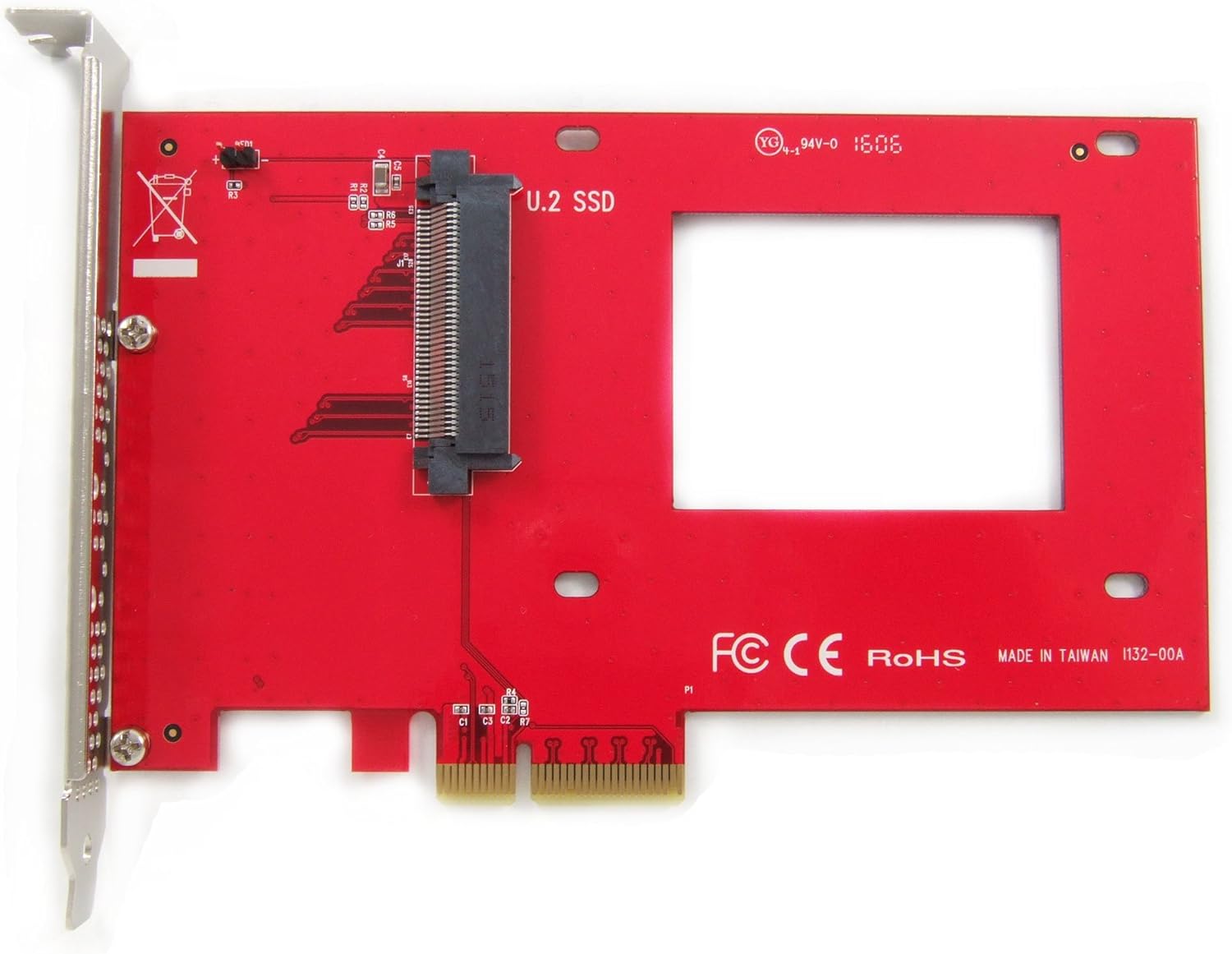Hmm, I think there's an error in the article
Synthetic Testing - ATTO / iometer, slide 5 shows the 905P having 84690 IOPS at 4K 1QD operations. However, on slide 9 it shows it having a read latency of 0.117 ms, far higher than any of the other SSDs. This would give it an effective read throughput of around 8550 IOPS.
Dividing 1000 by any of the numbers of the other SSDs in the rest of the list gives us approximately the same performance as we can see in slide 5, except for the 905P.
The latency simply doesn't make sense. It should be closer to 0.0117 ms. Did the editor miss a 0? : )





